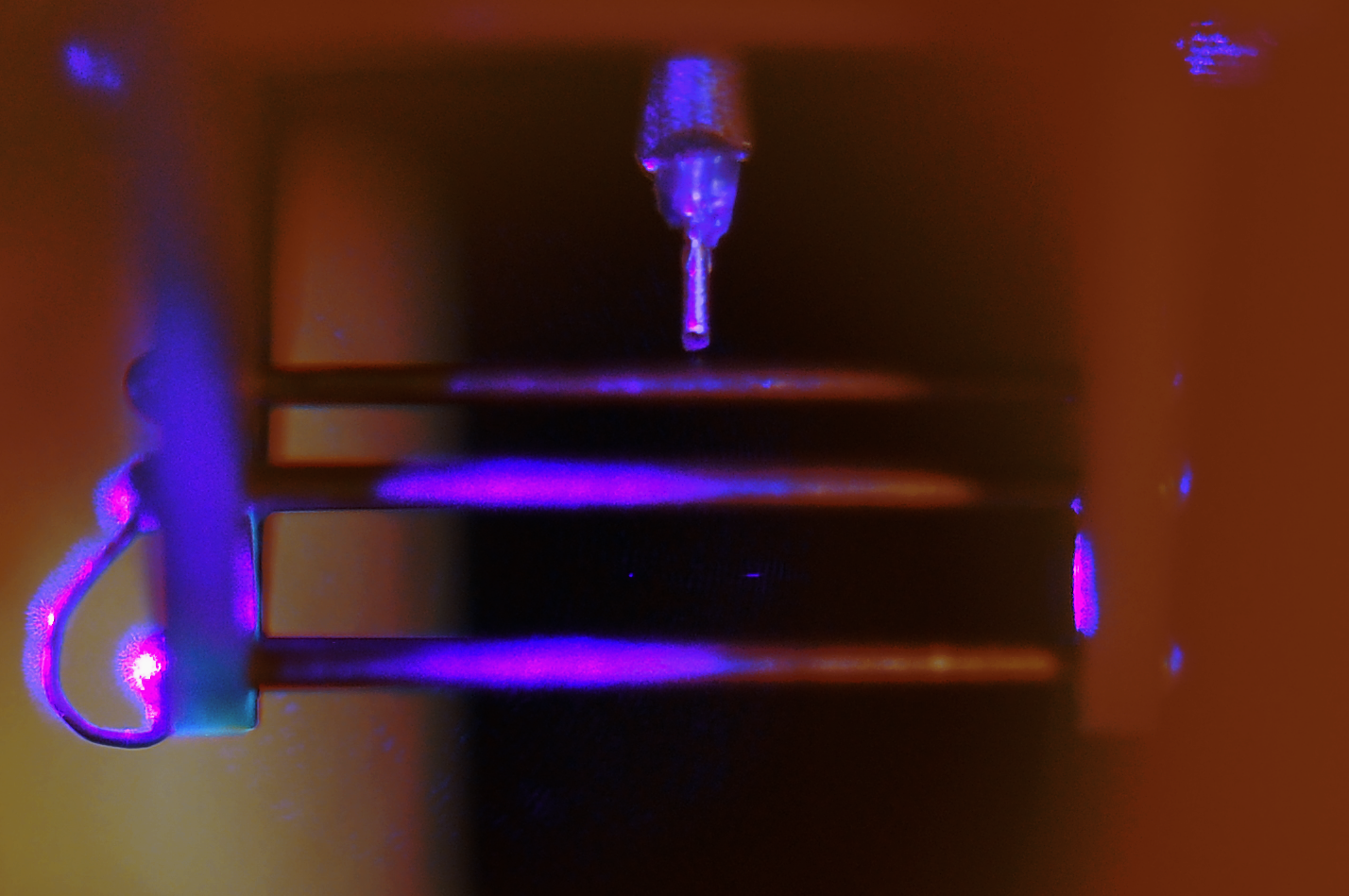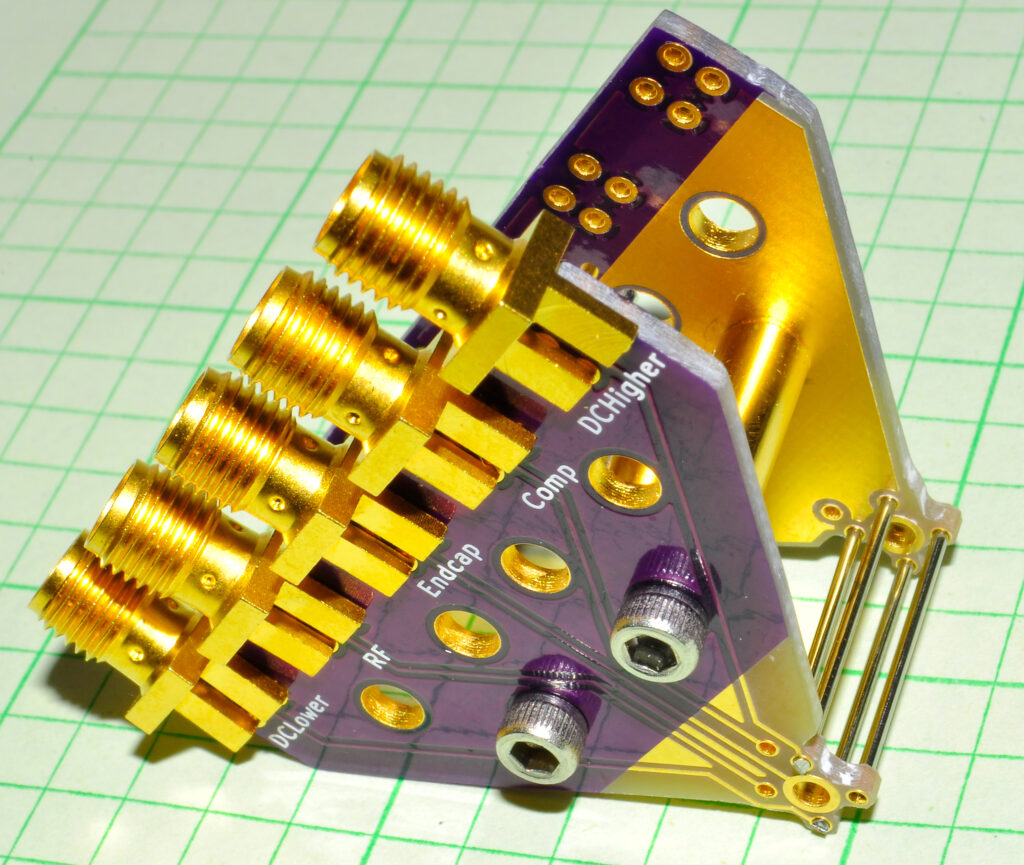The Patterson Group in the UC Santa Barbara Physics Department is dedicated to extending the tools of atomic, molecular, and optical physics to prepare polyatomic molecules in single quantum states for the first time. Research interests include the development of quantum information systems, high precision spectroscopy, parity violation in molecular spectra, and single molecule chemical and chiral analysis.

Updates
- We can now record high-resolution spectra of individual molecules via single molecule inelastic recoil spectroscopy. This work builds on fantastic work by the Schlemmer group in Cologne, who recently demonstrated a new method of Doppler-limited spectroscopy of ensembles of polyatomic molecules. Using our AMO toolbox, we have extended this technique to single molecules, and hope to increase the resolution of the technique by 2-3 orders of magnitude. This general technique should realize the most precise spectra ever recorded of polyatomic molecules.
- We have recently realized general single-molecule analytics for the first time, via non-destructive single molecule infrared spectroscopy. This tool – which worked for the first time in October 2022 – answers the ultimate question in nanoanalytics: given a single molecule of a compound, can you identify it?
Gallery

Our new double-well “ping-pong” trap. The two faint blue dots near the center are trapped Sr+ atoms at millikelvin temperatures. A single Sr+ atom is on the left and two Sr+ & 1 molecule are on the right. These atoms indicate the location of a single [invisible] tropylium molecular ion. An infrared laser on resonance with a vibrational transition of the molecule shuffles its position in either the right or left well and allows us to record the high-resolution infrared absorption spectrum of molecule. This brand new technique allows for far more precise spectroscopy of polyatomic molecules than existing methods.

